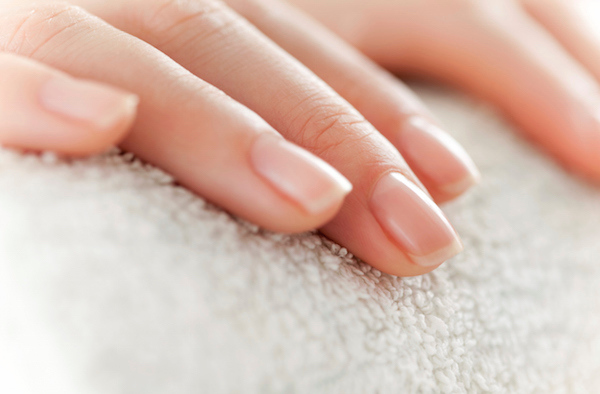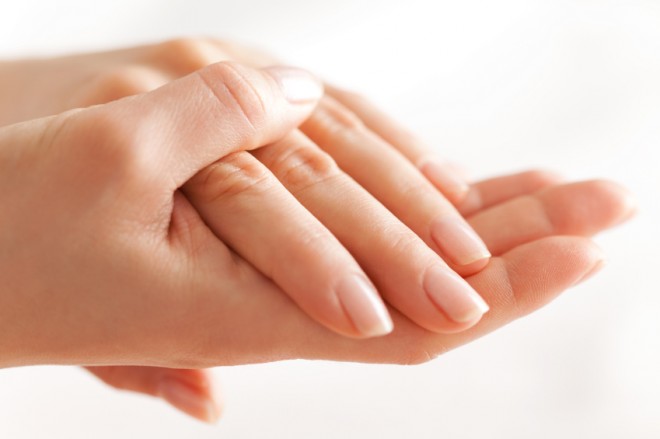Every cell in your body is more interconnected with each other than you might have originally thought. When a certain problem occurs in one part of your body, the symptoms may manifest in another part. Consider your nails, for instance. Nails are not only for aesthetic purposes—they can provide physicians some insight about your overall health as well. The colour, shape, texture, and even the rate of growth of your nails can all say something about the general state of your health. Of course, not all symptoms on your nails indicate a health problem, and other factors such as medications, nutritional status, age, or trauma can affect your nails without really affecting your health.

Still, nails can indicate some serious underlying disease so it’s better to get checked if you notice any significant change in your nails that weren’t there before. To give you an idea, here’s what your nails say about your health.
White Nails with Pink Strips
Symptoms that show mostly white nails with a narrow pink strip are known as Terry’s nails. Terry’s nails may indicate something harmless such as aging. However, it can also indicate kidney failure, liver disease, congestive heart failure, or diabetes.
Clubbed Nails
Clubbed nails are characterized by enlarged fingernails that curve around the fingertips. The development of clubbed nails can occur over the course of a few years. Nail clubbing is often a consequence of low oxygen levels in the blood, indicating some type of lung disease. It can also be a result of cardiovascular disease, liver disease, inflammatory bowel disease, and AIDS.
Pale Nails
Nails are naturally pinkish in colour. Compare your nails with others’ and if you notice that yours are relatively pale with a darker rim, it may be a sign of some illness such as congestive heart failure, anemia, malnutrition, or liver disease.
Dark Discoloration
Sensitive growths on your nails that are painful and dark in color warrant an immediate visit to your doctor. These dark discolorations or growth may be a result of a deadly form of skin cancer known as melanoma. It may also take the form of black streaks on the nail.
Spoon Nails
Spoon nails, medically known as koilonychias, are characterized by soft nails that appear as if they’ve been scooped outwards. The depression at the center of the nail is usually deep enough to hold a drop of water or liquid. Spoon nails are associated with problems involving iron in the body—either iron deficiency anemia, or hemochromatosis, a liver condition wherein the body absorbs too much iron from food. It can also indicate hypothyroidism or some cardiovascular disease.
Yellow Nails
Yellow nails may be completely harmless and caused by the frequent use of nail polish or by aging. Smoking can also make your nails stain a yellowish hue. However, if, apart from being yellow, your nails have also thickened and are crumbly, it may indicate a fungal infection. If the infection is not treated soon, your nail bed will begin to retract as well.
Pitting Nails
Dents and pits on nails is most often an indicator of psoriasis. Other causes include Reiter’s syndrome, a connective tissue disorder, and alopecia areata, an autoimmune disease that can also lead to hair loss.
Horizontal dents
Horizontal indentations that run across the nails are also known as Beau’s lines. Beau’s lines may appear when an injury or severe illness interrupts the growth of the nail at the area beneath the cuticle. It may also indicate several other diseases and illnesses including peripheral vascular disease, uncontrolled diabetes, scarlet fever, pneumonia, mumps, zinc deficiency, and measles.
Bluish Nails
Bluish nails indicate that your extremities are not getting enough oxygen. This can be caused by some lung disease such as emphysema. Cardiovascular diseases may also lead to bluish nails.








